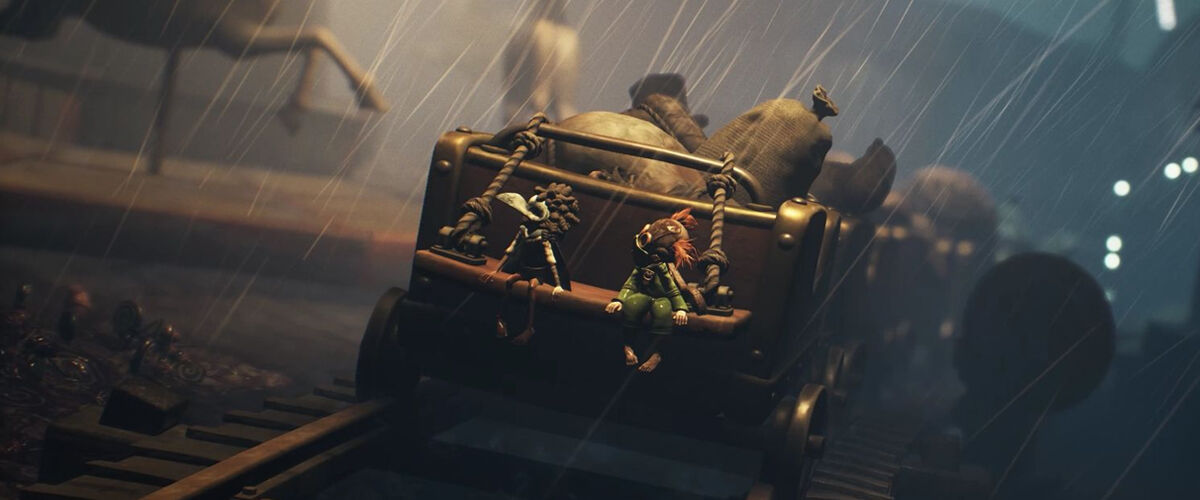Can nightmares still occur when someone has a friend by their side? While traditional horror gaming experiences largely revolve around isolation to generate tension and a feeling of helplessness, the Little Nightmares franchise has evolved from its humble beginnings eight years ago, switching up the formula for its past two games from the loneliness of the original title to the dual protagonist system of its 2021 follow-up, Little Nightmares II.

For developer Supermassive Games, which takes its first stab at the franchise by taking over the reins from Tariser Studios, defying horror gaming conventions is the name of the game for its upcoming sequel, Little Nightmares III, as for the first time in franchise history, the game is built from the ground up as a cooperative experience, playable in its entirety in online multiplayer.
Following a previous hands-on session, which showcased a brief glimpse at how both multiplayer and solo play with an AI companion worked, we were able to get a better look at just how important co-op was in the game via an extended two-hour gameplay demo, and to answer the question posed right at the start, having two people experience the horrors in co-op doesn’t take away any of the thrills, but rather, further adds to the tension by not just encouraging precise teamwork, but demanding it.

Played in its entirety online via co-op with a second player, the demo takes place in the game’s “The Carnevale” chapter, a returning location last seen in the 2023 audio-fiction series The Sounds of Nightmares, as well as the 2025 novel, The Lonely Ones. In this chapter, protagonists Alone and Low must make their way across a twisted and run-down fun fair, avoiding not only hulking deformed beings known as The Herd, but a lanky two-bodied creature named The Kin and Mini-Kin.
Much like previous Little Nightmares titles, gameplay is split into two main portions – solving environmental puzzles and escaping or avoiding foes. With the introduction of a multiplayer aspect, tackling any situation is no longer just about brains or precise timings, but now requires coordination and effective communication with the co-op partner.
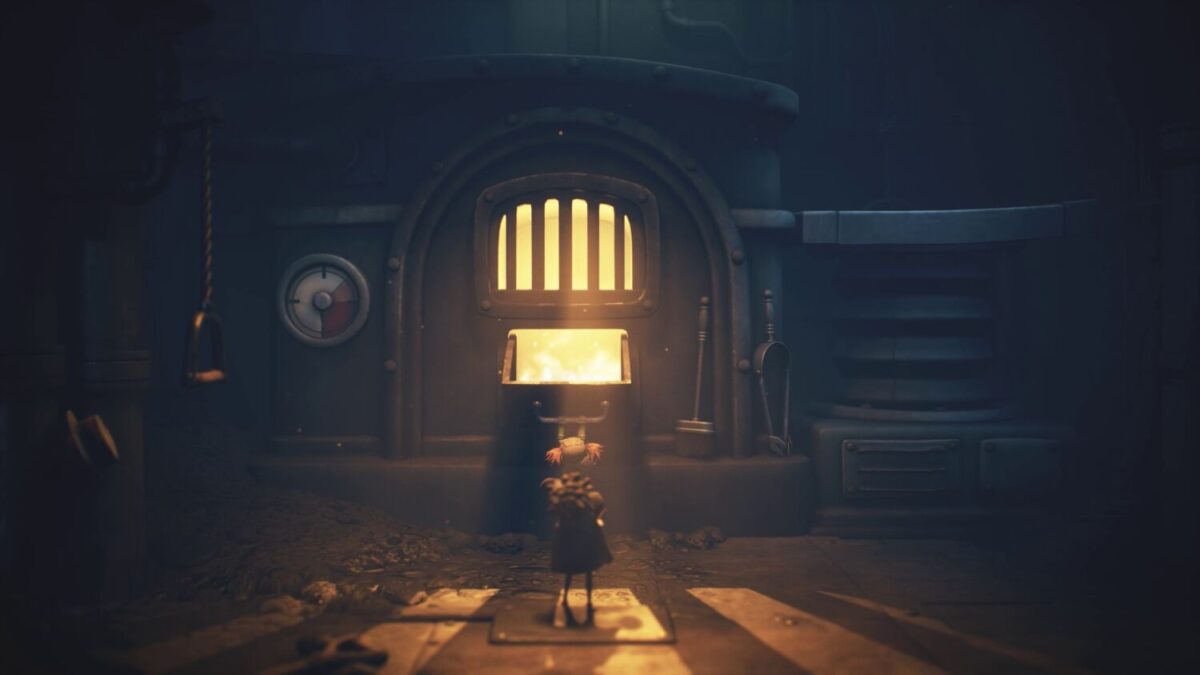
Throughout the demo, there were many instances where both characters were separated, each having to solve their own part of an overarching puzzle, and since each player’s portion might not be viewable by the other, players will need to voice out instructions in order to synchronise their actions.
Cooperation isn’t just limited to puzzle solving or platforming either, as Little Nightmares III now features a greater emphasis on combat, something completely absent from the first title and only in specific portions of the second. Players won’t be hacking and slashing their way through such encounters either, as the enemies in the level were designed such that both players have a part to play in defeating them.
These came in the form of creepy child-like mannequins that chase players down relentlessly when spotted and in order to deal with them, Low must first use his bow to shoot off its head, with Alone then needing to smash the head into pieces with her wrench, all while the decapitated body continues to chase the duo. Encounters were made even more intense due to their speed, and things only heated up even further when facing two or more at once, forcing players to dispatch each as efficiently as possible so as not to become overwhelmed.
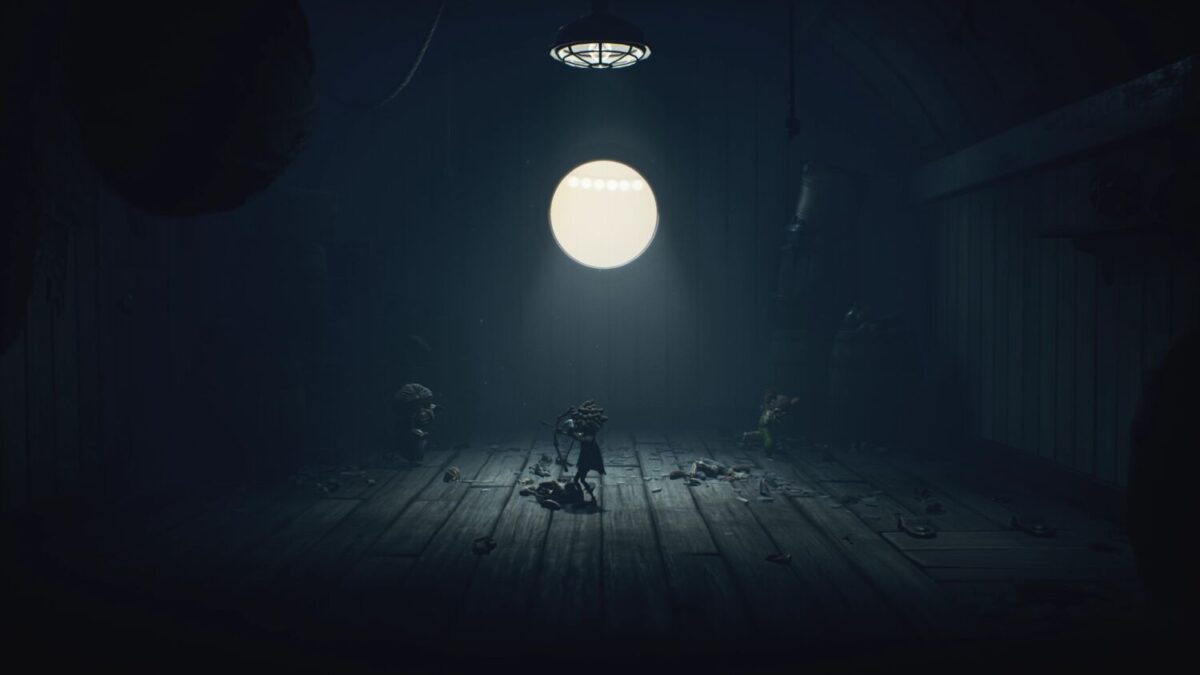
Having to juggle combat in a typically puzzle-solving-focused game was just the tip of the iceberg, as Little Nightmares III’s tension only ramped up as the demo went on, especially after the appearance of the Kin, a slender tuxedoed Resident (the name of the humanoid monsters in the franchise) with another being growing out of its arm known as Mini-Kin.
Encounters with the Kin drew parallels to the classic Little Nightmare formula of carefully sneaking past them while collecting items spread out around the area that can be used to escape, such as keys or levers. But unlike past games, where an AI companion would just follow a player’s actions and react accordingly, playing it in multiplayer means careless mistakes from either party will result in a swift game over, and like any great co-op experience, will truly test a pair’s patience and make or break friendships.
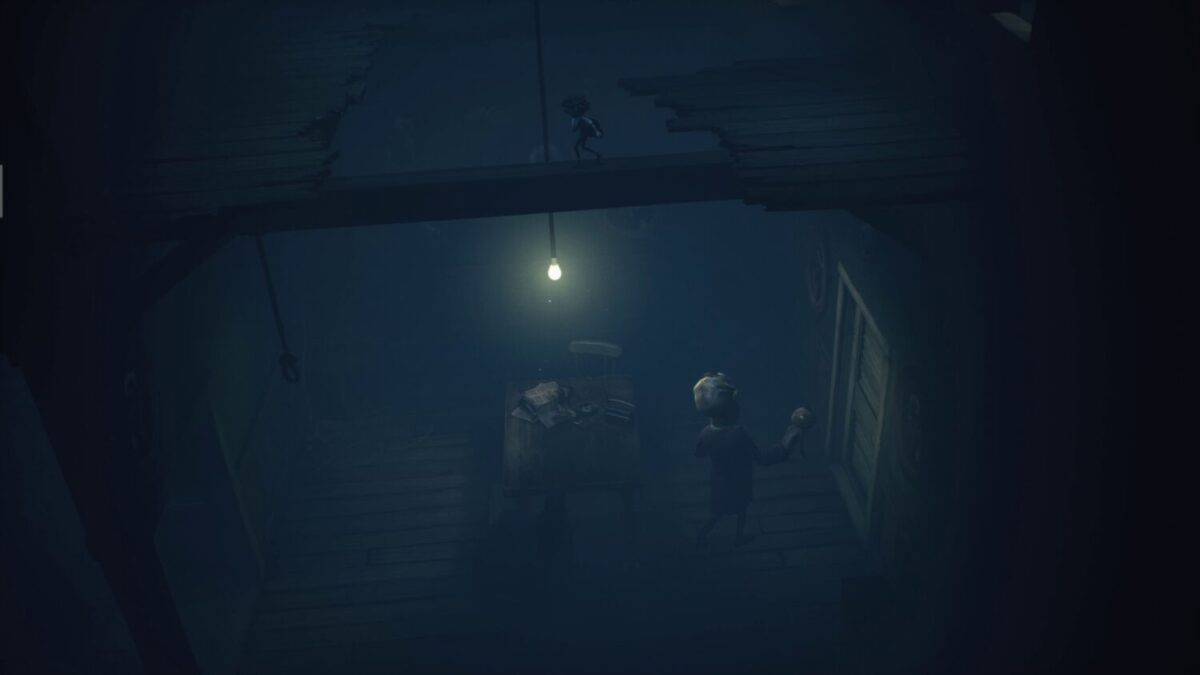
Surpassing the demo’s stealth section only served to offer a brief moment of respite, as its closing sections were filled with back-to-back chase sequences, where Alone and Low had to escape from the clutches of the Kin. The final 15 minutes of the demo alone featured four chases in quick succession, offering a hint at the direction Little Nightmares III is taking to ensure the sequel is still as thrilling as ever, replacing the creepy tension of isolation with equally tense, but more heart-pounding moments.
The chase sequences in the demo weren’t just copied and pasted either, as apart from running away from the threat, each presented an additional layer of challenge for players to overcome, be it being faced with a gauntlet of platforming, clever use of the camera to make it so that players can’t see what’s ahead of them and thus need to make split-second decisions, or even a section where the pair are separated on different levels of the same room, requiring Low to scramble and find a place to hid from the Kin while Alone climbs above to find a way to bring him up, further emphasising the need for coordination at every step of the way.
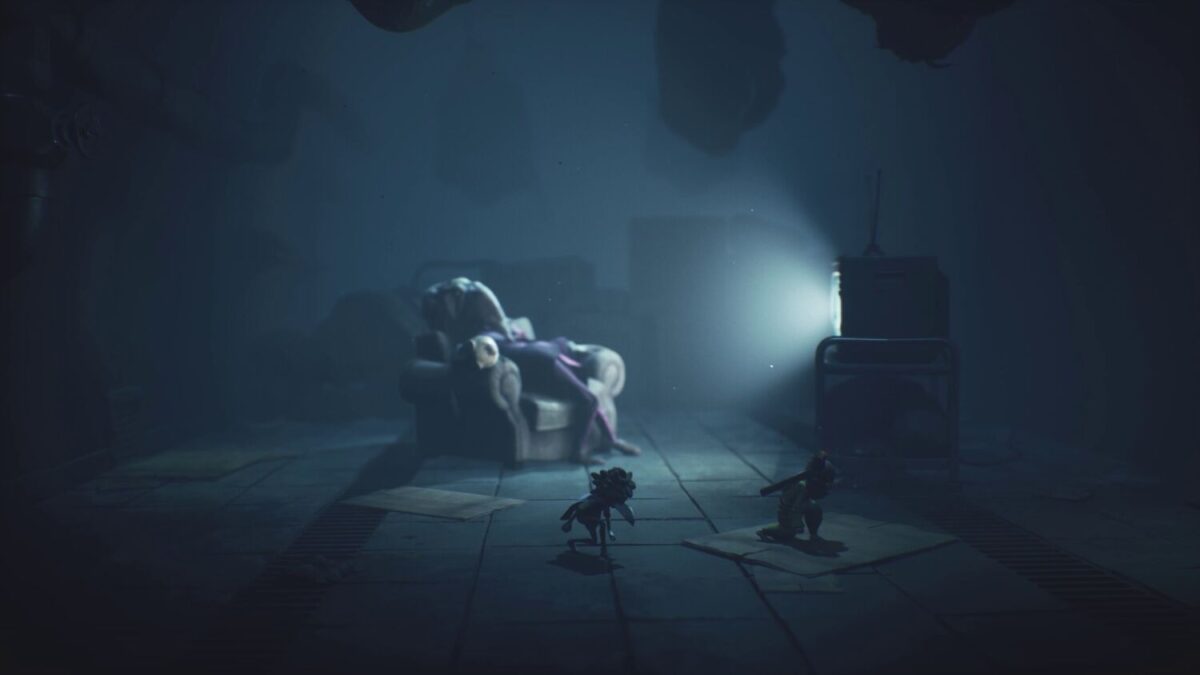
Now armed with a better understanding of the game’s general flow, it’s clear that having someone along for the ride hasn’t diminished Little Nightmares III’s scare factor in any way, but merely altered the way these scares are presented. If the short but intense demo was any indication of the complete game, it looks set to be a chaotic adventure from start to finish.
Little Nightmares III will release on 10 October 2025 for the PS5, PS4, Xbox Series X|S, Xbox One, Nintendo Switch and PC, and will feature a Friend Pass system, allowing players to experience the title with a friend, even if they do not own the game.

